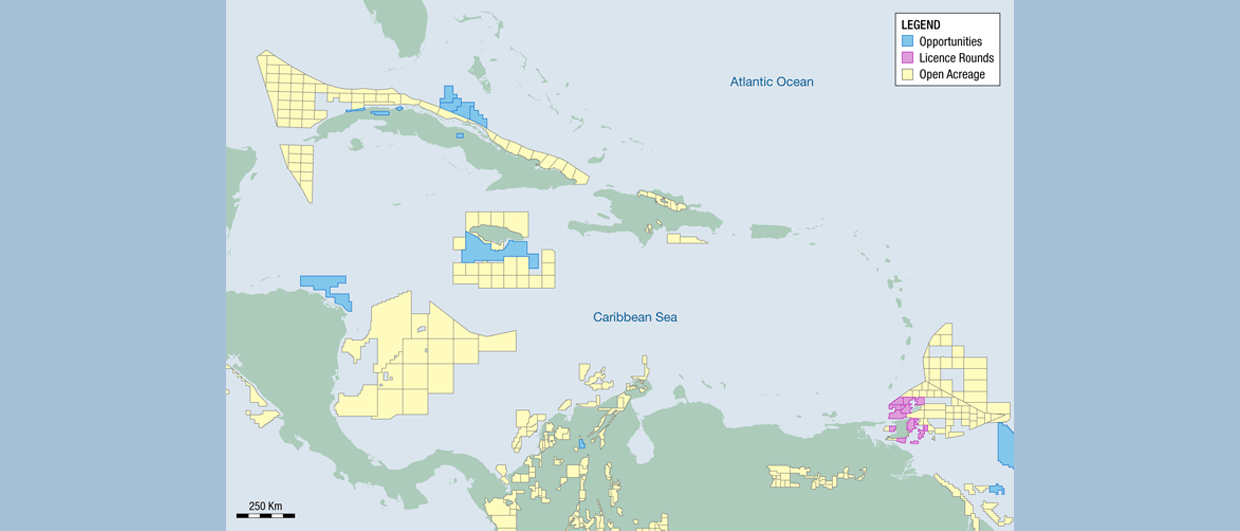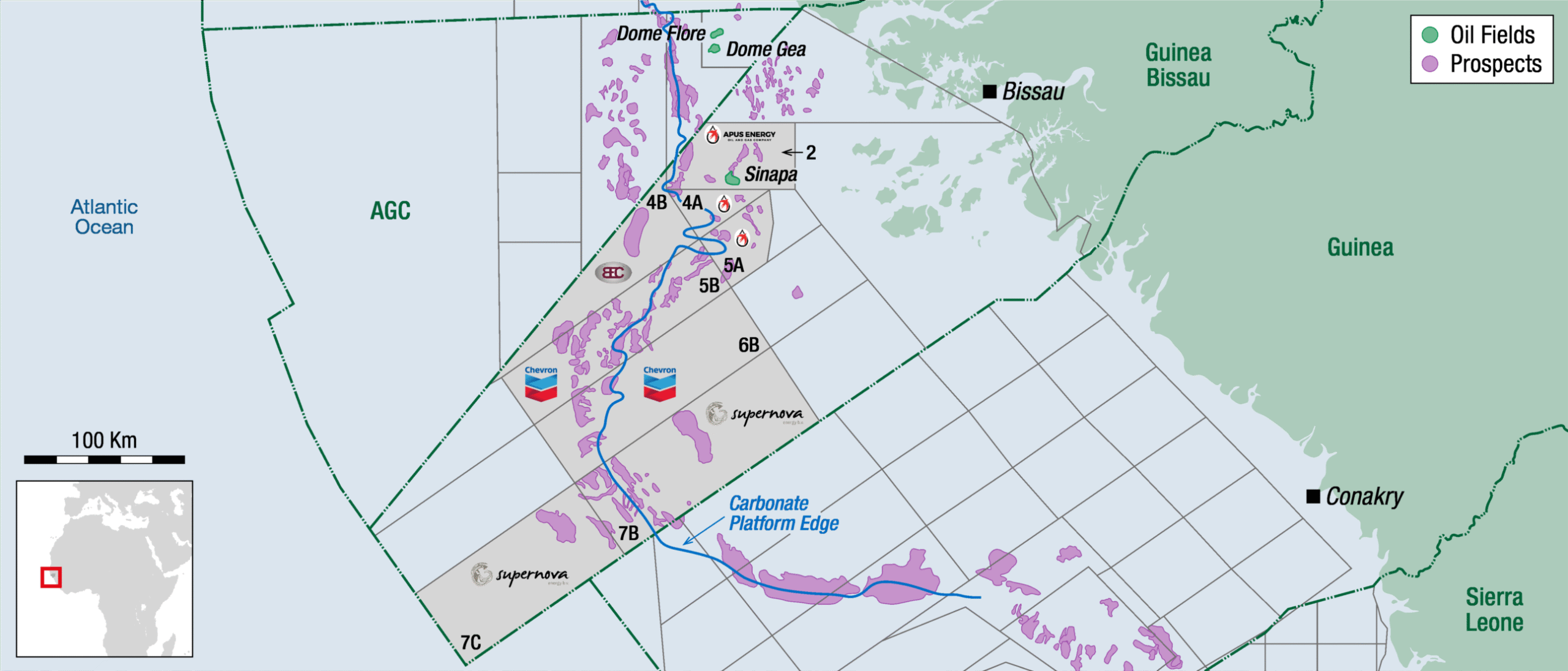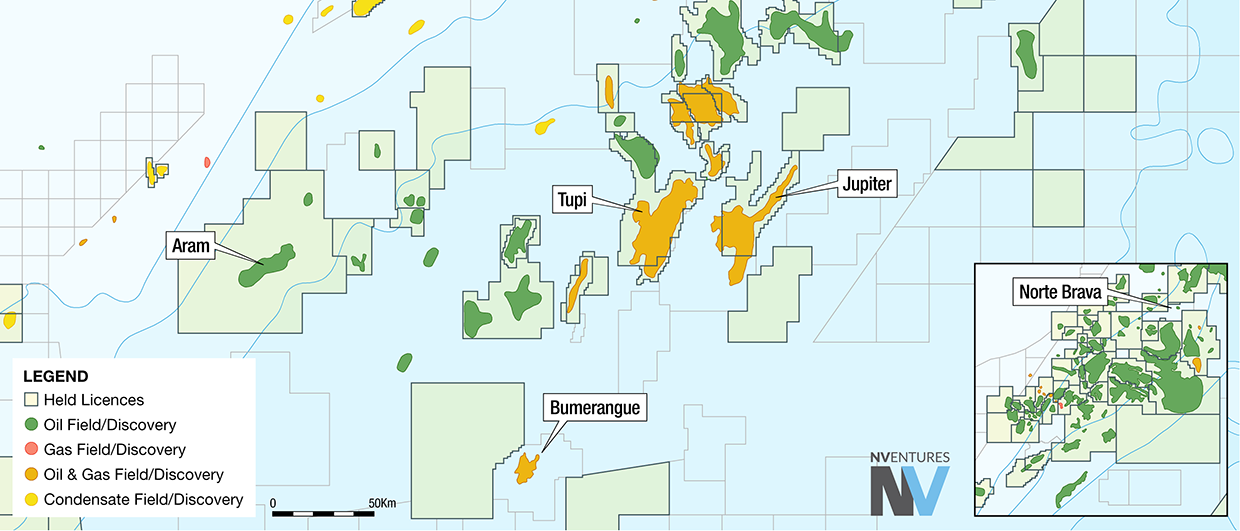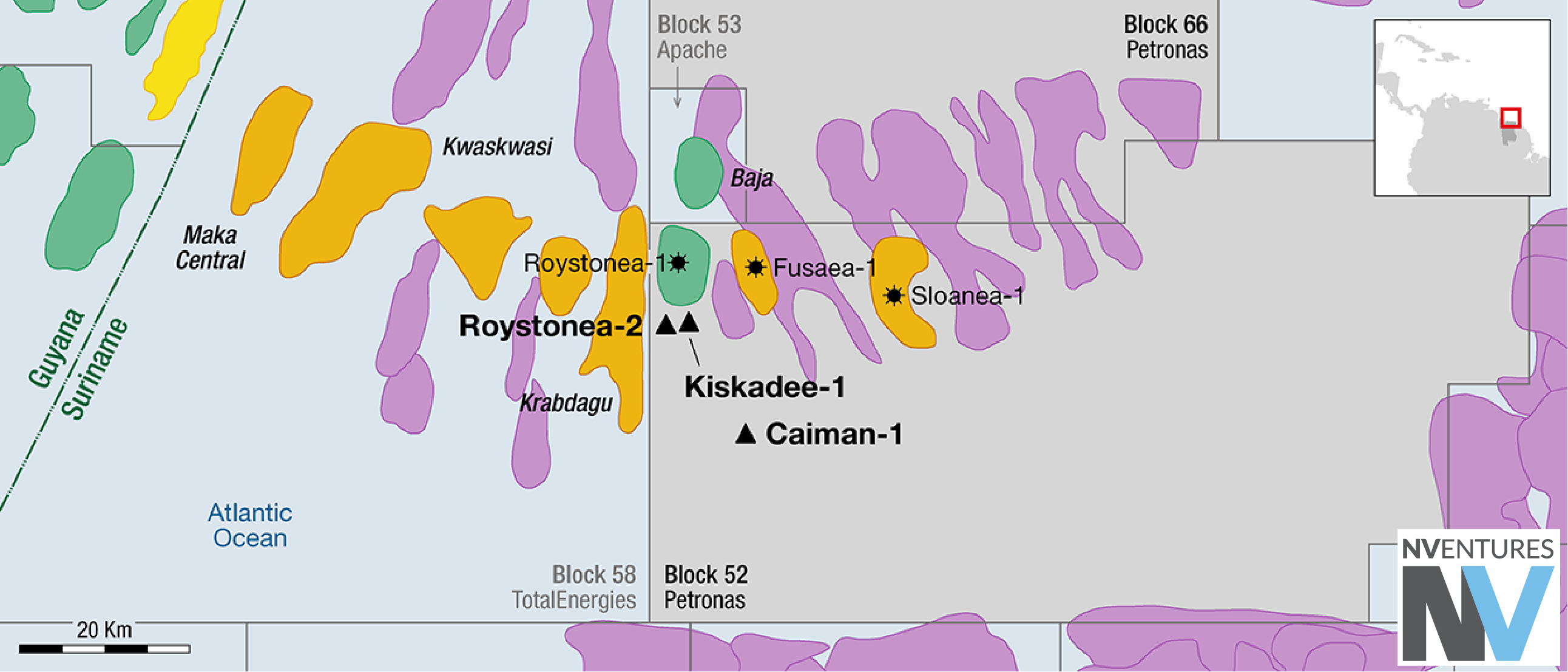The presence of oil in the Caribbean has long been known, and has successfully been explored for across the region – with producing fields in Cuba, Barbados, and the Caribbean basins of Colombia, Venezuela and Trinidad. However, whilst deal and drilling activity continues apace in these basins, there are some more interesting opportunities across the rest of the Caribbean that have been underexplored to date. These opportunities are now beginning to attract more attention.
Petroleum geology
The Caribbean is a fascinating geological region, and being able to reconstruct its tectonic history is key to understanding the present-day prospectivity of the region. Deciphering the structural history of the Caribbean is not an easy task though, and could easily fill an entire volume. One of the main discussion points is the Pacific-plate origin of the Caribbean. At the moment, an eastward drift relative to the Americas during the Mesozoic and Tertiary is the generally preferred model.
Tectonic and paleogeographic reconstructions based on this model support the presence of nutrient-rich, restricted basins across the Caribbean during the Cretaceous – providing highly favourable depositional environments for the development of rich organic source rock, including Cenomanian-Turonian equivalents to the world-class La Luna Formation in Venezuela.
These organic-rich source rocks are clearly mature and oil-generative in many places – as evidenced by the distribution of hydrocarbons in the form of seeps and shows encountered throughout the region. The presence of a prolific and regionally-distributed source rock provides a great starting point for exploration – and when it is coupled with the other play elements and numerous structures associated with the development of the Caribbean, including accretionary wedges, island-arcs, and numerous transpressional and transtensional basins, the potential for play-opening exploration success is clear.
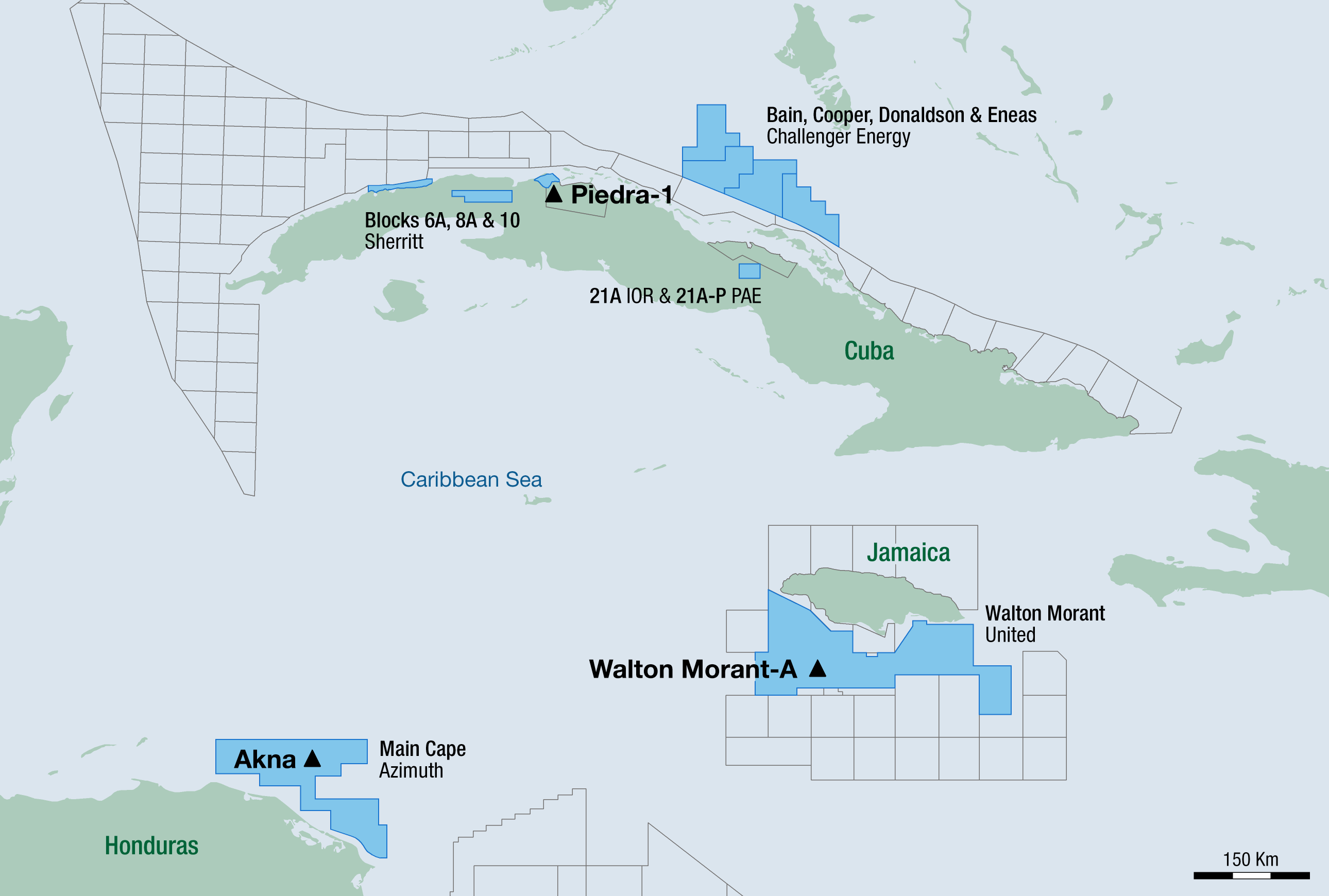
Opportunities
Whilst activity in the Caribbean has been focused in relatively few areas, the potential across the region is vast. Trinidad & Tobago has long been an industry hub, and with recent licensing rounds and deal activity, looks set to continue attracting investment. There is increased interest in the Caribbean offshore Colombia, although with the recent delays to the ultra-deepwater Komodo-1 well, it may be some time before there is new exploration drilling there. Venezuela is a prolific producer, but access to the resources has long been an issue here. And whilst Cuba has had production for decades, and recent drilling activity continues to see success (e.g. Melbana Energy at Alameda), there remain restrictions on investment linked to USA sanctions.
So, where are the new opportunities?
As well as open acreage in many countries such as in Cuba, Belize, Nicaragua and Barbados, there are also a number of companies actively looking for partners.
In Cuba, Petro Australis is seeking a strategic partner to join them in the development of drilling onshore.
In Honduras, CaribX are looking for partners to appraise the Main Cape-1 discovery made in 1973, as well as chase the exploration potential in the deeper water Miocene plays.
In Jamaica, United Oil & Gas hold a 22,000 km2 offshore licence area with good quality 3D data, and numerous large prospects identified – potentially holding over 7 billion barrels in total. With onshore analogues for all the play elements and numerous oil seeps identified, this opportunity is at a drill-ready stage, and the timing is surely ripe for the drilling of Jamaica’s first exploration well in 40 years.
Moving further east, Apache holds acreage in the Dominican Republic, and Shell and BHP have recently held interests offshore Barbados. Offshore Barbados is particularly intriguing – with a producing field onshore, high-quality clastic Eocene reservoirs, and numerous structures linked to the Caribbean accretionary wedge, the potential here surely warrants more than the single offshore well drilled to date. All of the offshore blocks are open, barring Oistins and A-Moses, which are currently under negotiation. Interestingly, the plays that are present in the offshore of Barbados extend into Trinidad & Tobago – and with a deepwater offshore licensing round planned for late 2024 / 2025, this provides another great opportunity for interested companies.
In summary – the Caribbean is a huge and varied region. The geology is complex, and the plays are diverse. However, with excellent evidence for the presence of mature source rocks, and numerous material opportunities available across the region, it is surely only a matter of time before new basins in this under-explored area are unlocked.

